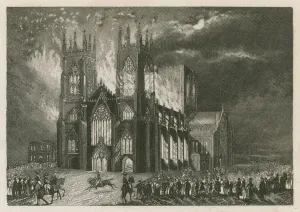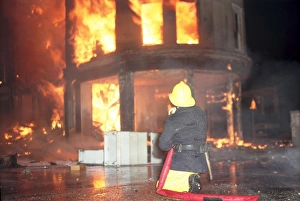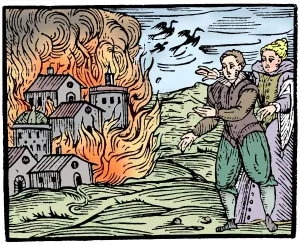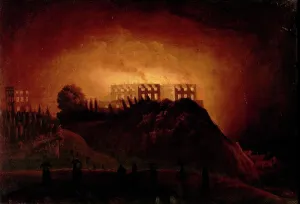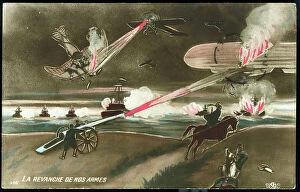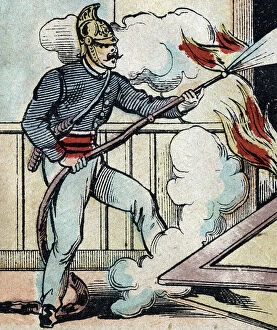Arson Collection
"From Ancient Vikings to Modern Movements: A Fiery History of Arson" Arson, a destructive force that has plagued humanity throughout the ages
All Professionally Made to Order for Quick Shipping
"From Ancient Vikings to Modern Movements: A Fiery History of Arson" Arson, a destructive force that has plagued humanity throughout the ages, leaves behind a trail of devastation and chaos. In 845, the siege of Paris by the Vikings under Ragnar Lodbrok's leadership ignited fear and destruction in its wake (EVNT2A-00183). Centuries later, London Fire Brigade battled against flames during the second Brixton Riots, witnessing firsthand the havoc they are wreak. Throughout history, various motives have fueled this dangerous act. In Swabia, 1533, witches used fire to destroy houses as part of their malevolent practices. Similarly, Nottingham Castle became engulfed in flames on October 10th, 1831 (mid-19th century), leaving behind an eerie scene captured on canvas and has been employed as a tool for political expression and social change. The mob's burning of abolitionist Elijah Lovejoy's print-shop in Illinois in 1835 showcased how deeply rooted prejudices could lead to violent acts. Suffragette activists took up arson as a means to fight for women's rights at Rivington Pike. Yet even before recorded history began shaping our worldviews, fire played a significant role. Engravings from "La nature et l'homme" by Rengade depict prehistoric stilt-house settlements ablaze during conflicts at the dawn of the Iron Age—an early testament to mankind's capacity for destruction. Artistic interpretations further highlight society's fascination with arson throughout time. Paintings like "The Destruction of York Minster" (1829) or "The Chain" (1870) capture both historical events and symbolic representations—reminders that fire possesses both creative and destructive powers.


